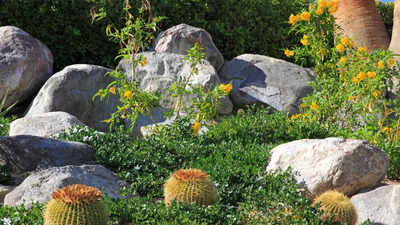Gardeners often struggle to maintain a neat and weed-free yard. Weeds can sprout in unwanted areas such as walkways, flower beds, and lawns, making garden upkeep a constant battle. Fortunately, there is a natural and low-maintenance solution: ground cover plants. These low-growing plants spread across the soil, creating a living mulch that helps suppress weeds by blocking sunlight and reducing the space available for weeds to grow. In addition to being effective weed deterrents, ground covers can enhance the beauty of your garden and improve soil health. Here are seven top ground cover plants that can help keep your garden weed-free.
Grow these 7 ground cover plants to prevent weeds and save time
Creeping Phlox

Creeping Phlox (Phlox subulata) offers a colorful and fragrant option for ground coverage. It forms a dense mat that shades the soil, preventing weed seeds from germinating. In spring, it bursts into vibrant blooms that attract pollinators. Although young plants require regular watering, established phlox is relatively drought-tolerant and continues to provide coverage with its needle-like green foliage throughout the year.
Creeping Juniper
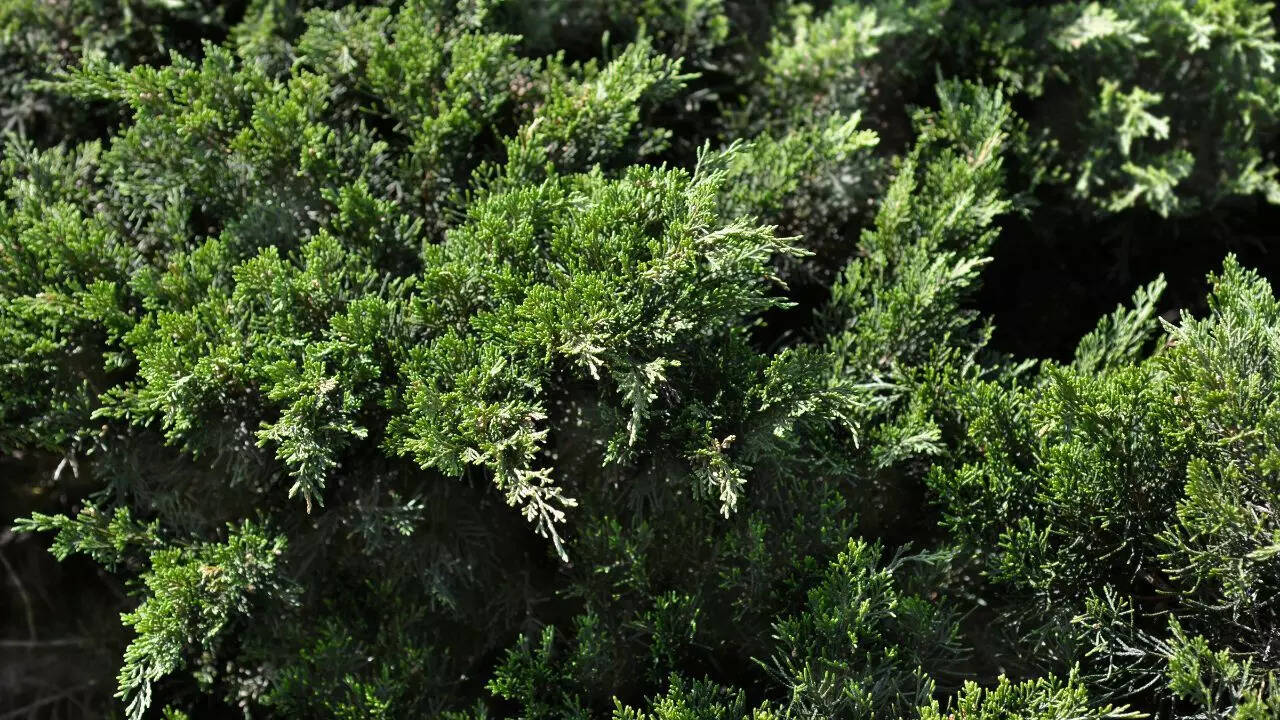
Creeping Juniper (Juniperus horizontalis), also known as Blue Rug Juniper, is a hardy evergreen that spreads quickly across slopes and rocky areas. Its dense, feathery foliage not only provides year-round color but also prevents weed growth and helps control soil erosion. This plant thrives in full sun and well-drained soil and requires minimal maintenance. Light pruning in spring helps it maintain shape and health.
Ground Clover
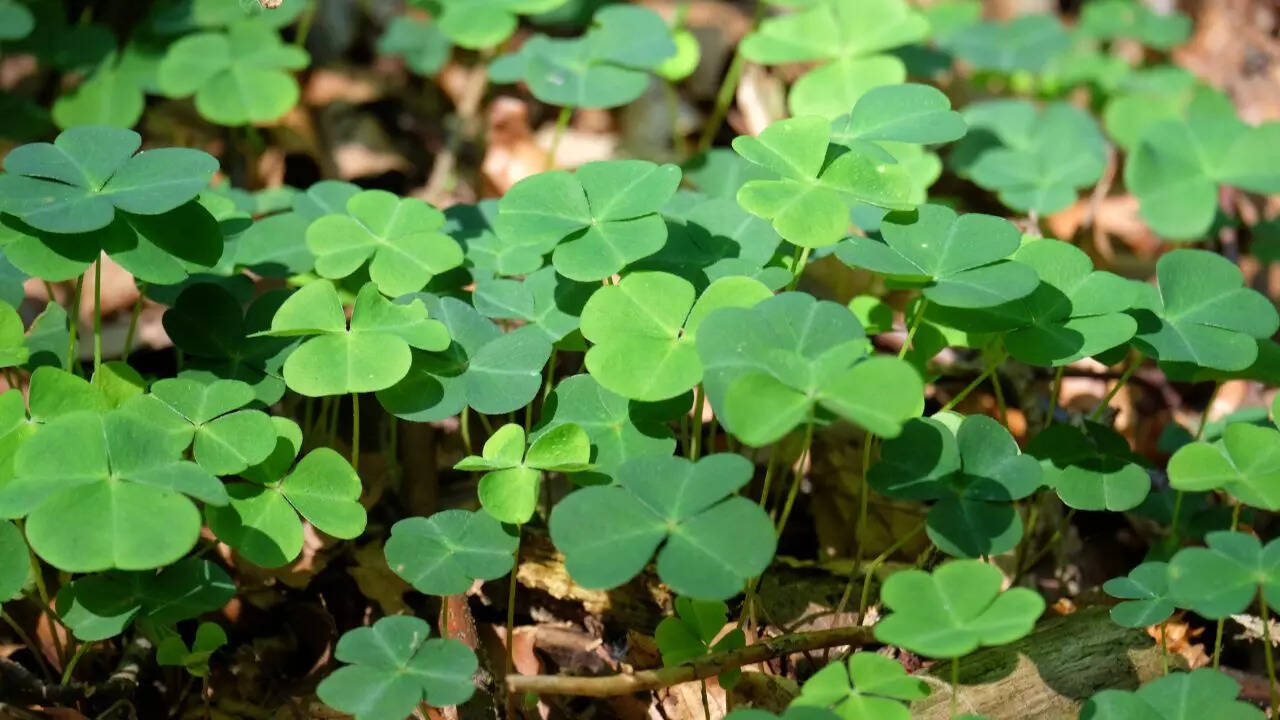
Clover has become increasingly popular as a lawn alternative due to its eco-friendliness and ease of care. This soft, green foliage spreads quickly and can outcompete many common weeds. Clover enriches the soil by fixing nitrogen from the atmosphere, which supports the growth of surrounding plants. It thrives in various climates and doesn’t require regular mowing or fertilizing, making it a great choice for low-maintenance landscapes. It can be planted alone or combined with traditional turf grasses to enhance durability.
Stonecrop (Sedum)
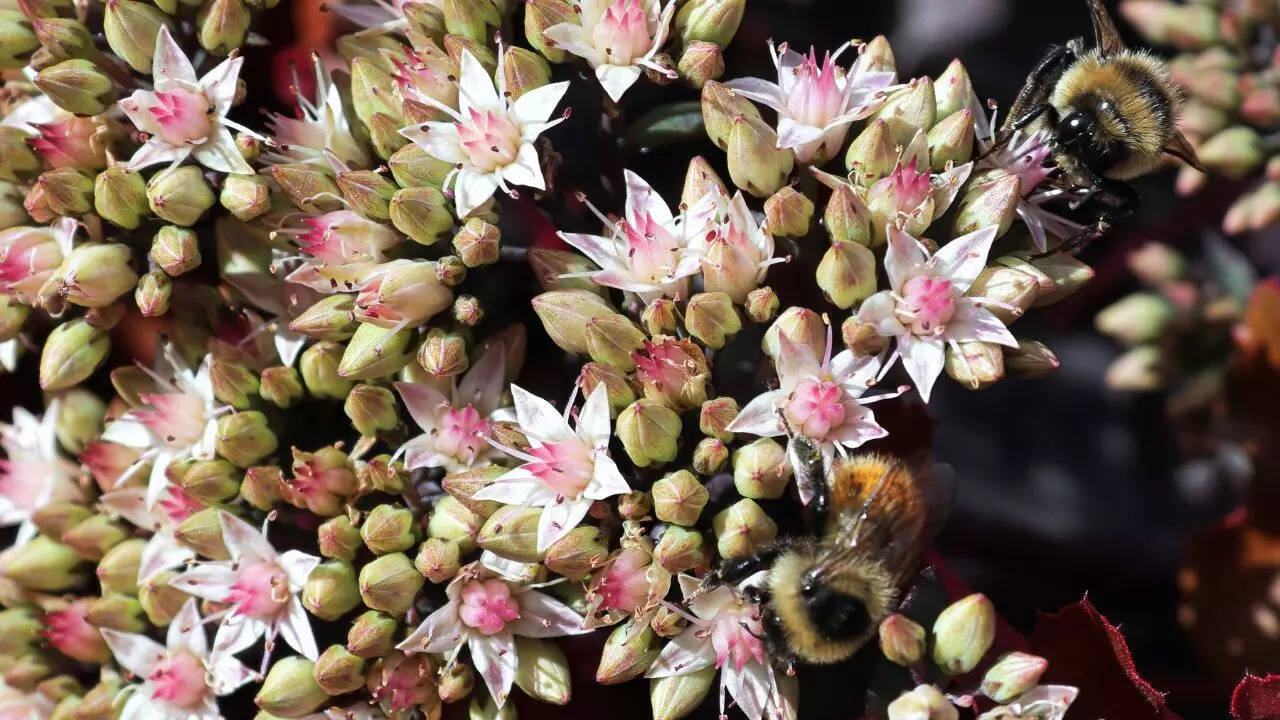
Stonecrop, or Sedum, is a low-growing succulent that spreads efficiently across dry ground. Its dense foliage comes in various shapes and colors, offering aesthetic variety while suppressing weeds. Stonecrop is particularly suitable for sunny spots with well-drained soil and is ideal for walkways or rock gardens. Its low water needs and mat-forming growth make it a dependable weed deterrent.
Creeping Thyme

Creeping Thyme is both practical and fragrant. This tough, drought-tolerant plant thrives in full sun and can withstand light foot traffic. Its dense, low-growing nature forms a living carpet that prevents weed growth. Creeping Thyme also releases natural chemicals (allelopathy) that inhibit weed seed germination. It’s ideal for pathways and rock gardens and adds a splash of color with its tiny purple or pink flowers during bloom season.
Irish Moss
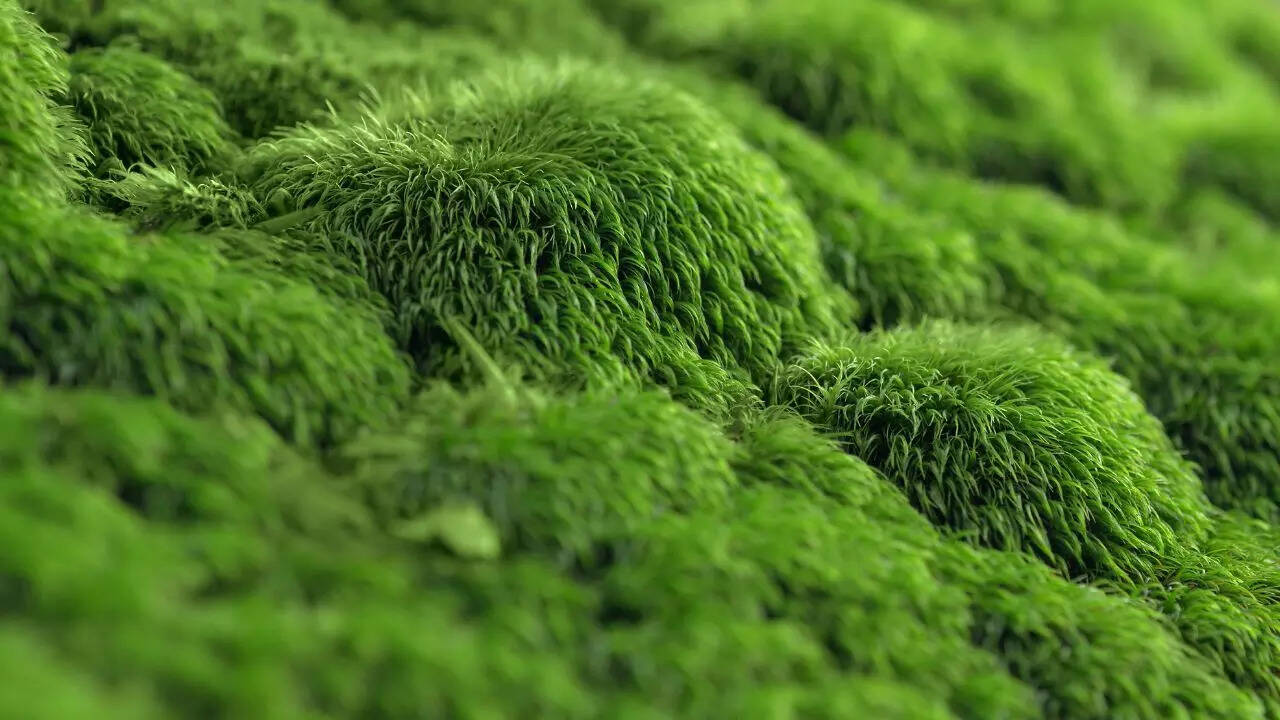
Irish Moss (Sagina subulata) is a soft, cushiony ground cover that thrives in moist, shady areas. Its tiny green leaves form a thick mat that helps prevent weed emergence. In spring and summer, it produces delicate white flowers that add charm to garden borders or spaces between stepping stones. Regular watering or misting is recommended during dry spells to maintain its lush appearance.
Creeping Jenny
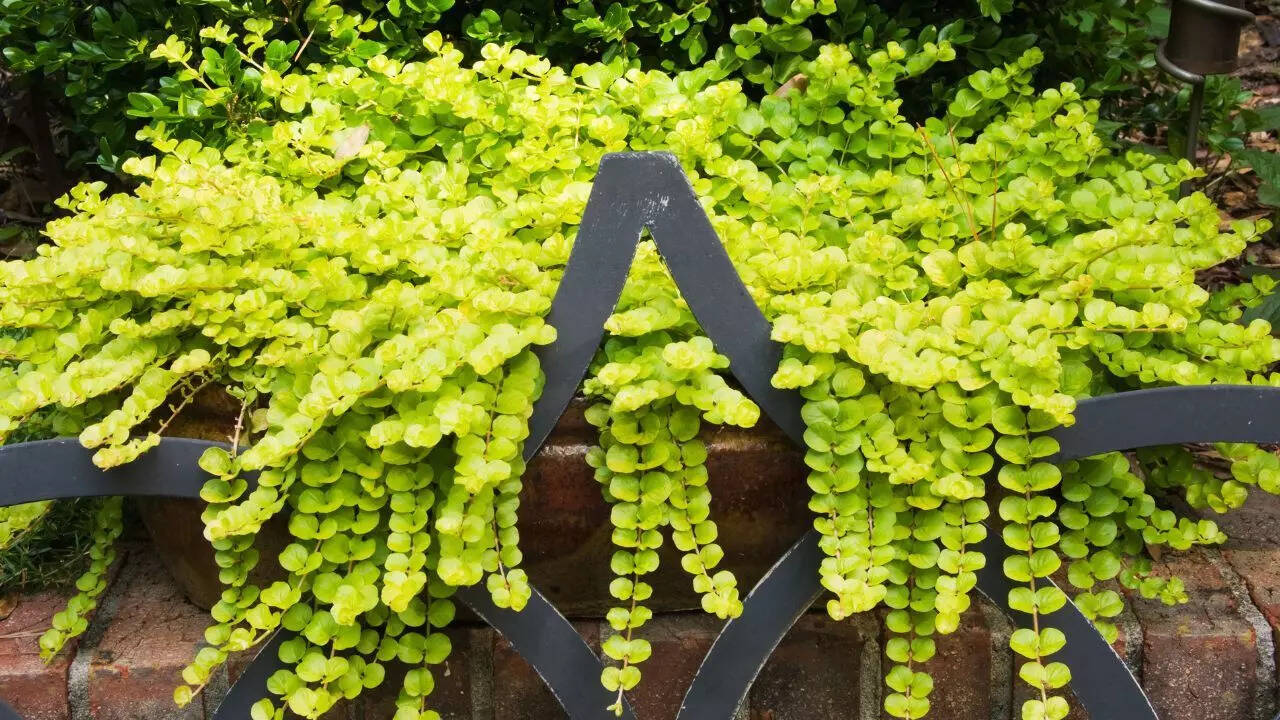
Creeping Jenny (Lysimachia nummularia) is known for its fast-growing, trailing stems adorned with small green leaves and bright yellow flowers. It adapts well to different light conditions, as long as the soil remains moist. Its quick spread makes it effective at covering bare ground and deterring weed growth. Creeping Jenny is especially useful along borders or near walkways, where its trailing habit can add a touch of wild beauty.Incorporating any of these ground cover plants into your garden can help reduce the time and effort needed to manage weeds. Whether you prefer flowering varieties or evergreen mats, there’s a ground cover option suited to your garden’s needs and growing conditions.Also Read: 5 best tricks to pick a sweet watermelon and skip the tapping

